Garden Galleries
Ready to get inspired? Start here!

Become a Citizen Scientist
Each February Cornell University is hoping you will become a bird nerd and participate in the annual Great Backyard Bird Count international survey. Count birds anywhere you encounter them. Many of our favorite local birds rely on dense brush for nesting, resting and feeding.
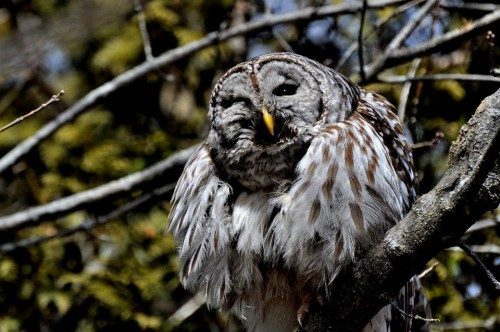
A Barred Owl
Who cooks for you? The strange call of a barred owl can be a terrifying sound for children at night. Don't worry, though -- despite their large size, they prefer much smaller prey like mice, lizards, frogs and even other owls. Photo by Ruth Cummings, courtesy GBBC.
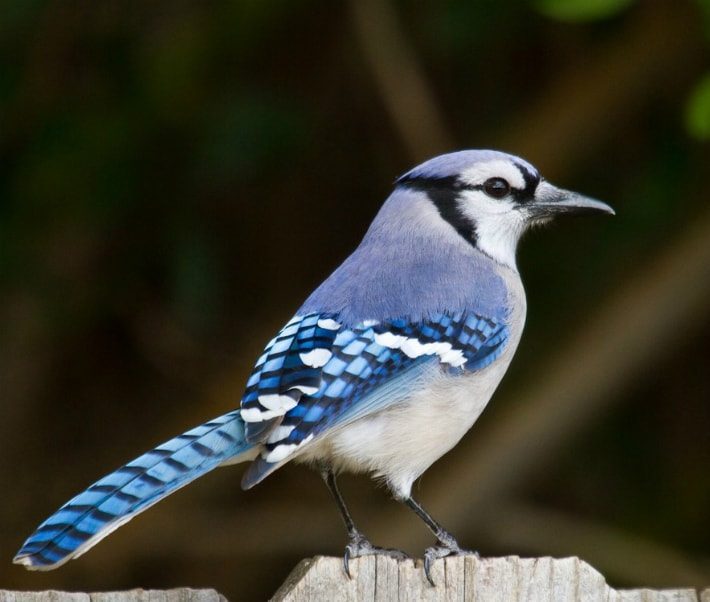
Blue Jay
Blue jays are instantly recognizable and quite clever. They'll happily take charge of your local acorns, hoarding them for future use. Families of jays regularly assemble to chase off hawks and owls. Photo by Mark Eden, courtesy GBBC.
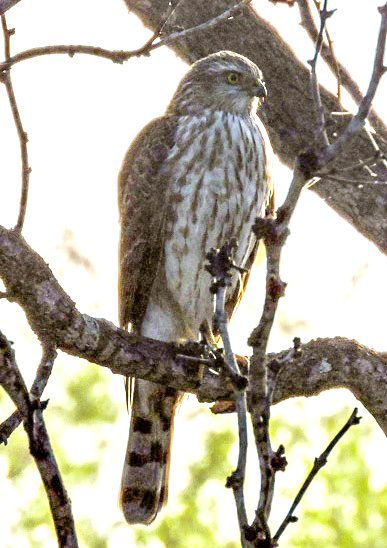
Cooper's Hawk
Accipiters are small, fast-moving hawks often found chasing doves and other birds around backyard feeders in winter. Photo courtesy Leighton Wier.
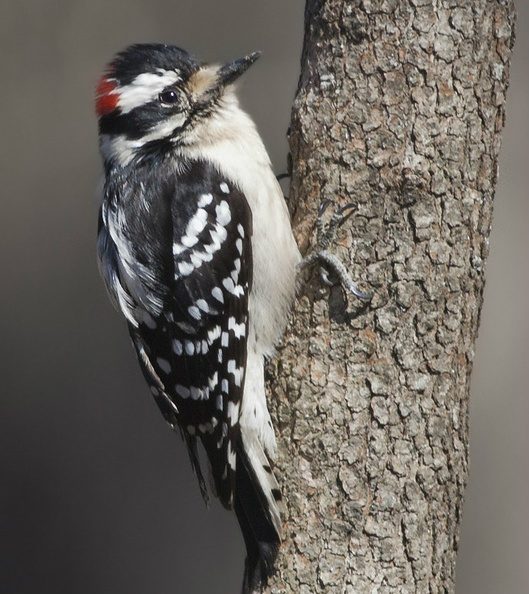
Downy Woodpecker
The downy woodpecker frequents deep woods and big trees like live oaks. Its high-pitched whinny belies its small size. Photo courtesy GBBC.
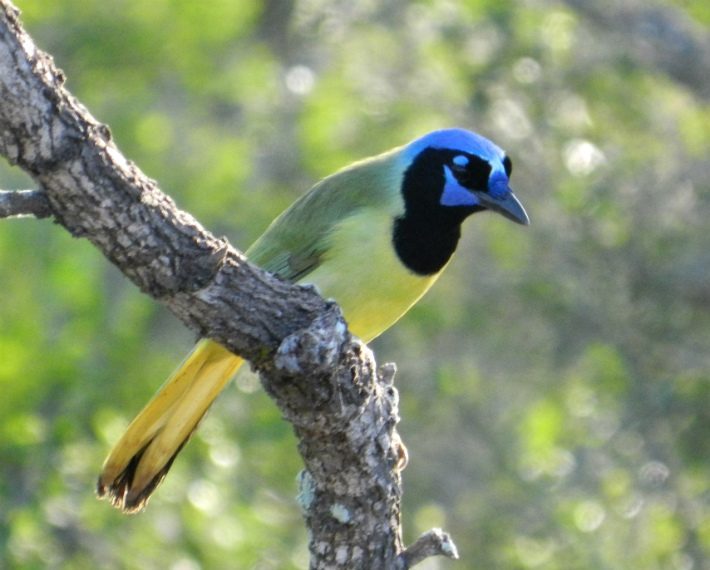
Green Jay
Nothing says South Texas Brush Country quite as loudly as a green jay. These noisy tropical jays make a popular tourist attraction in McAllen and the Rio Grande Valley, where they're common in dense mesquite. They're leery of suburban neighborhoods where there's nowhere to hide -- so in San Antonio they're an exceptional find for birders.
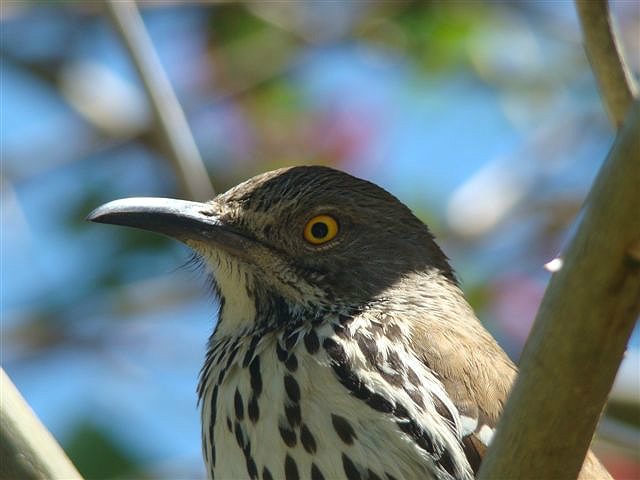
Long-billed Thrasher
The northern mockingbird may be Texas' state bird, but its close relative the long-billed thrasher is even longer-winded. This South Texas native is often heard before it's seen, tossing loudly through heavy leaf litter in search of insects and seeds. It's is easy to find at the San Antonio Botanical Garden.
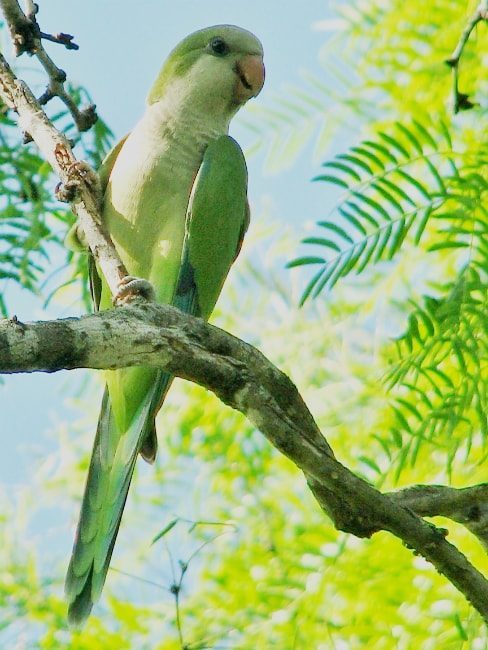
Monk Parakeet at Concepcion Park
Flocks of monk parakeets occur around Mission Concepcion, where they provide plenty of entertainment for neighbors and visitors. Descendants of caged birds, some have learned to survive on acorns, pecans and mesquite beans.
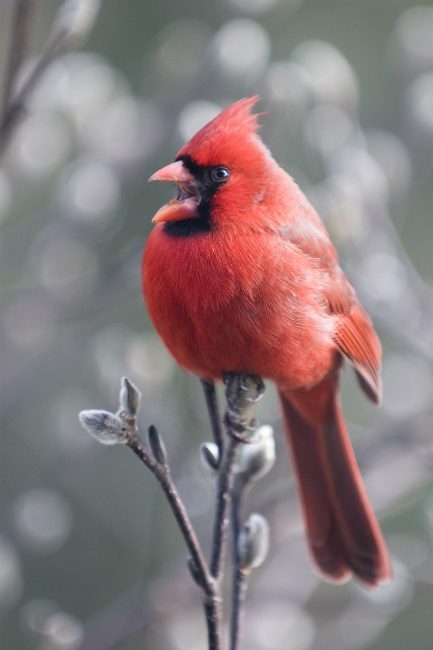
Northern Cardinal
The northern cardinal -- a.k.a. redbird -- is a spectacular bird that's quite common in the backyard, as long as there's a place to perch.
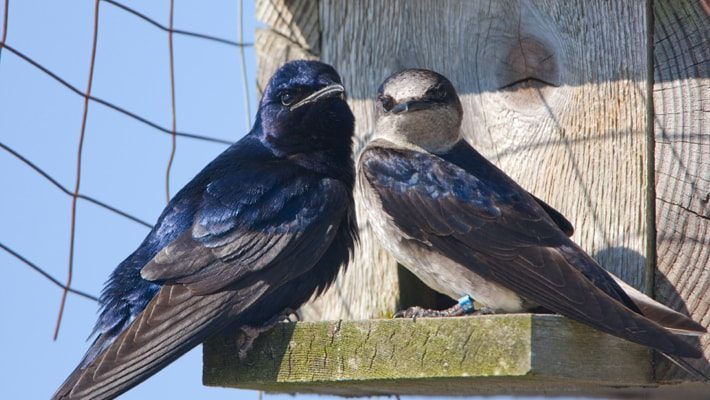
Purple martins at nest box
The first purple martins generally begin showing up in south-central Texas at the start of February. Scouts are simply adult males returning to nesting sites; they are followed later in spring by females and younger birds. It's a good time to get established nest boxes ready for their arrival. If trying to house martins, it's important to keep your site clear of starlings and house sparrows.
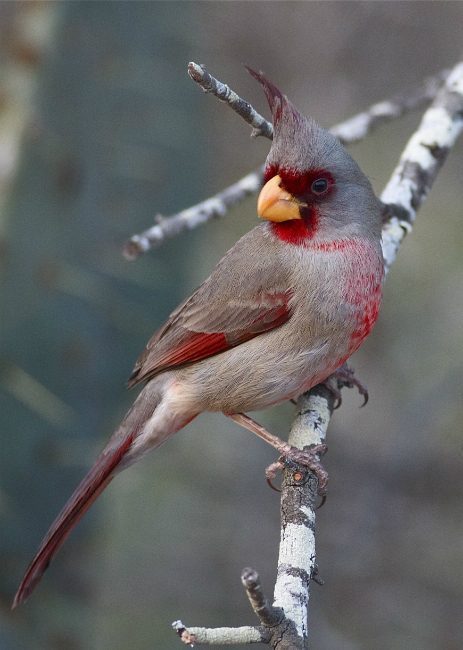
Pyrrhuloxia
The pyrrhuloxia is the cardinal's country cousin. A native of South Texas brush and ranches, it still occasionally turns up around Bexar County. Photo by Dave Allen, www.allenwildlife.com.
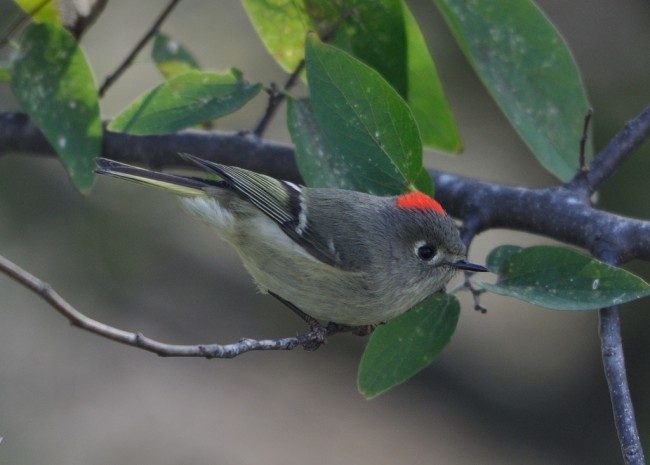
Ruby-crowned Kinglet
This tiny little guy can be found in the understory of your backyard. But he often will not show his red crown off so look for the white wing bars and eye circle.
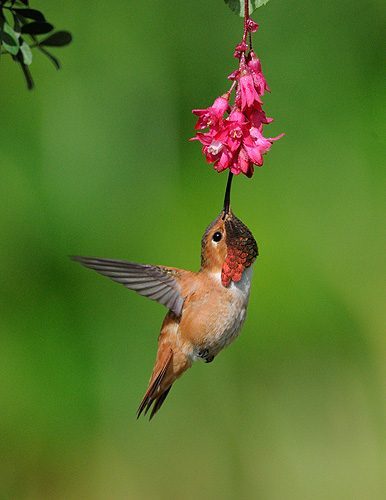
Rufous Hummingbird
The feisty rufous hummingbird migrates all the way from Alaska to take advantage of hummingbird feeders in winter -- maybe yours. Photo by Leslie Scopes, courtesy GBBC.
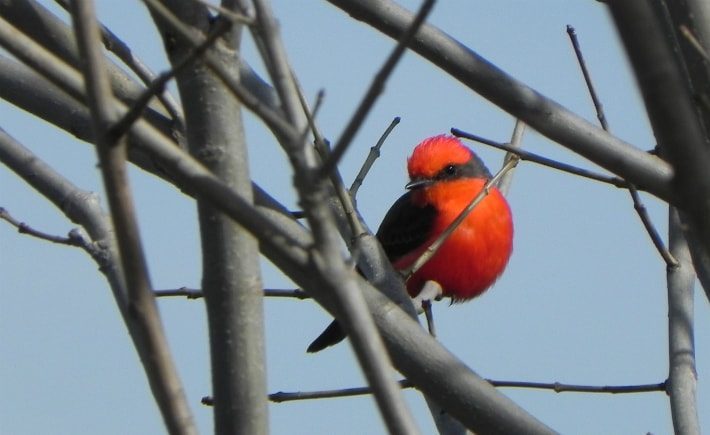
Vermillion Flycatcher
A vermillion flycatcher is a heart-warming sight on a cold winter day. It can be found hunting its favorite prey -- bugs -- in open fields like those at Mitchell Lake Audubon Center.
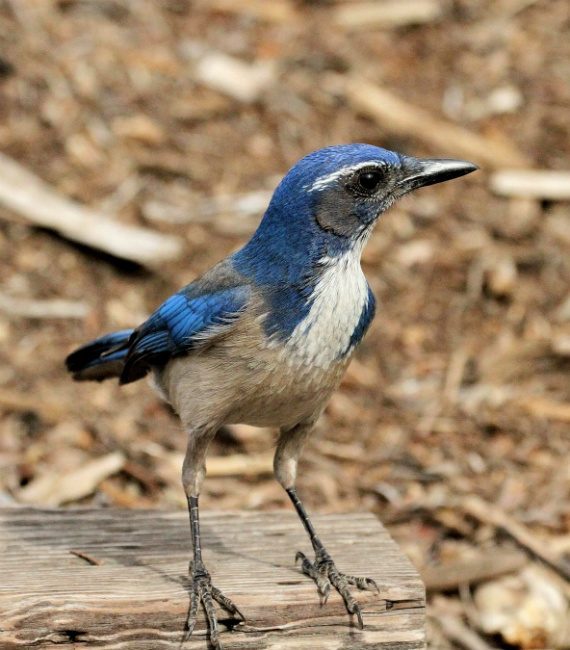
Western Scrub Jay
The western scrub-jay is the blue jay's Hill Country cousin. They're more common around Stone Oak and Helotes where there is still plenty of scrub and cedar. Photo by Chris Orr, courtesy GBBC.



